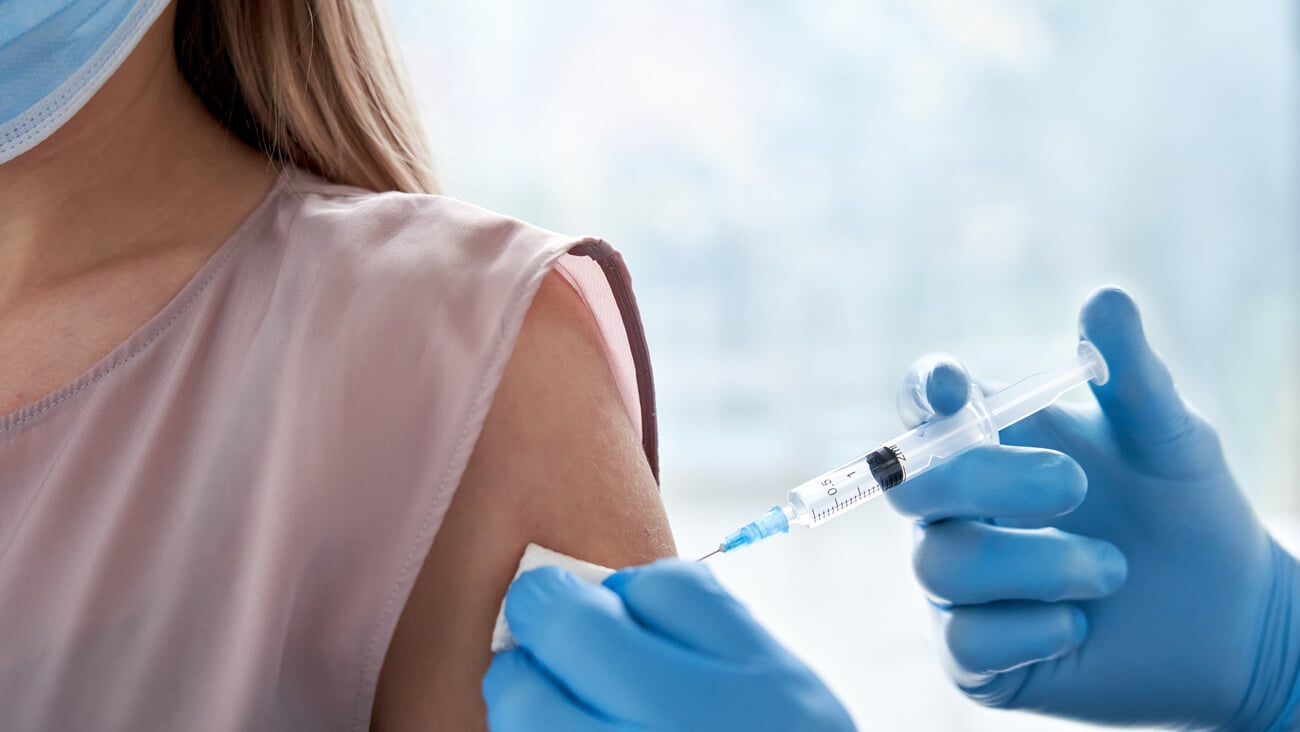Engagement is critical in growing the therapeutic men's hair care segment
The current growth in the men’s personal care and grooming market highlights a shift in the way that male consumers traditionally have approached their personal care. Previously, men have shopped based on utility, with very little research behind the purchase required. Products have had price appeal and solved immediate needs.
Unlike the women’s beauty segment, much of men’s personal care has centered on everyday grooming essentials, with a muted focus on prevention, wellness or diversity. In the recent past, if you examine men’s products or messaging, you would have been hard-pressed to find an equivalent stress placed on market-redefining claims like sulfate- or paraben-free, even though some of these approaches may provide for healthier scalp options. An easy example of this thinking can be found simply by looking at the men’s hair loss market. All of the messaging and images were firmly stereotypical — older men, with a very narrow depiction of lifestyle or life stage. There were no early or interventional conversations and very little education or connective content presented.
Fast forward to 2019, and the men’s personal care market is experiencing growth, in part because of how brands are engaging with men. In the hair loss category, for example, rather than a focus on the after-the-fact loss, scalp health now is a fundamental part of the conversation, and brands are not waiting for men to begin losing hair before engaging them. They’ve begun a dialogue with the consumer, regardless of the stage of hair thinning or loss the user finds himself in.
When the category is approached this way, preventive messaging tied firmly to overall wellness and emotional well-being has begun to resonate, and we find more men being more thoughtful about the products they use, with a willingness to use them more often. Men are embracing education and they are embracing communities that feature connective content and product reviews. Men still want convenience and ease of use. They simply more are willing to search for information about ingredients or end benefits than they have been in the past. They also want to see representative diversity, and that is important, but particularly important in the hair loss segment.
A full 25% of men begin the hair loss process before they reach the age of 21 years old. In terms of the manner in which topical therapies for men work, these therapies are most effective at the early stages of loss when the user has just started losing his hair. However, most messaging has targeted middle-aged men, who may have experienced a prolonged period of loss, and featured images of older men limited in diversity. It is essential that we target our messaging to the consumers when they will best benefit from product use.
Product marketers have rethought their approaches to this segment, and this thinking can serve retailers as well. Men’s therapeutic hair products typically are merchandised without the same setup or graphic images as other products (think men’s body sprays), which typically incorporate images and colors that are interesting and have high aesthetic appeal. These other sectors appeal to a more youthful consumer with shelf language and images. Men’s hair loss products also often are on the lowest tiers of a shelf set.
With the prevalence of men’s hair loss as a primary issue that they face, it might be worth rethinking the shelf placements of these products. Men’s products rarely are featured at the front end of the store. A prominent front-end placement of men’s fixtures might better offer the in-store education and inspiration men need. These products are not impulse purchases, they are based on therapeutic need, and placing them up front both makes shopping for them and removing the stigma of the purchase easier.
There is a fundamental wellness element found in hair regrowth products, and adding some of these products to a wellness section will better communicate to consumers primed in 2019 to listen and to purchase based on a brand’s willingness to engage them.
Charlene Deegan-Calello is the vice president of new product development/research and development for Atlantic Coast Brands, which manufactures Thick Head hair loss treatment and regrowth solution.





